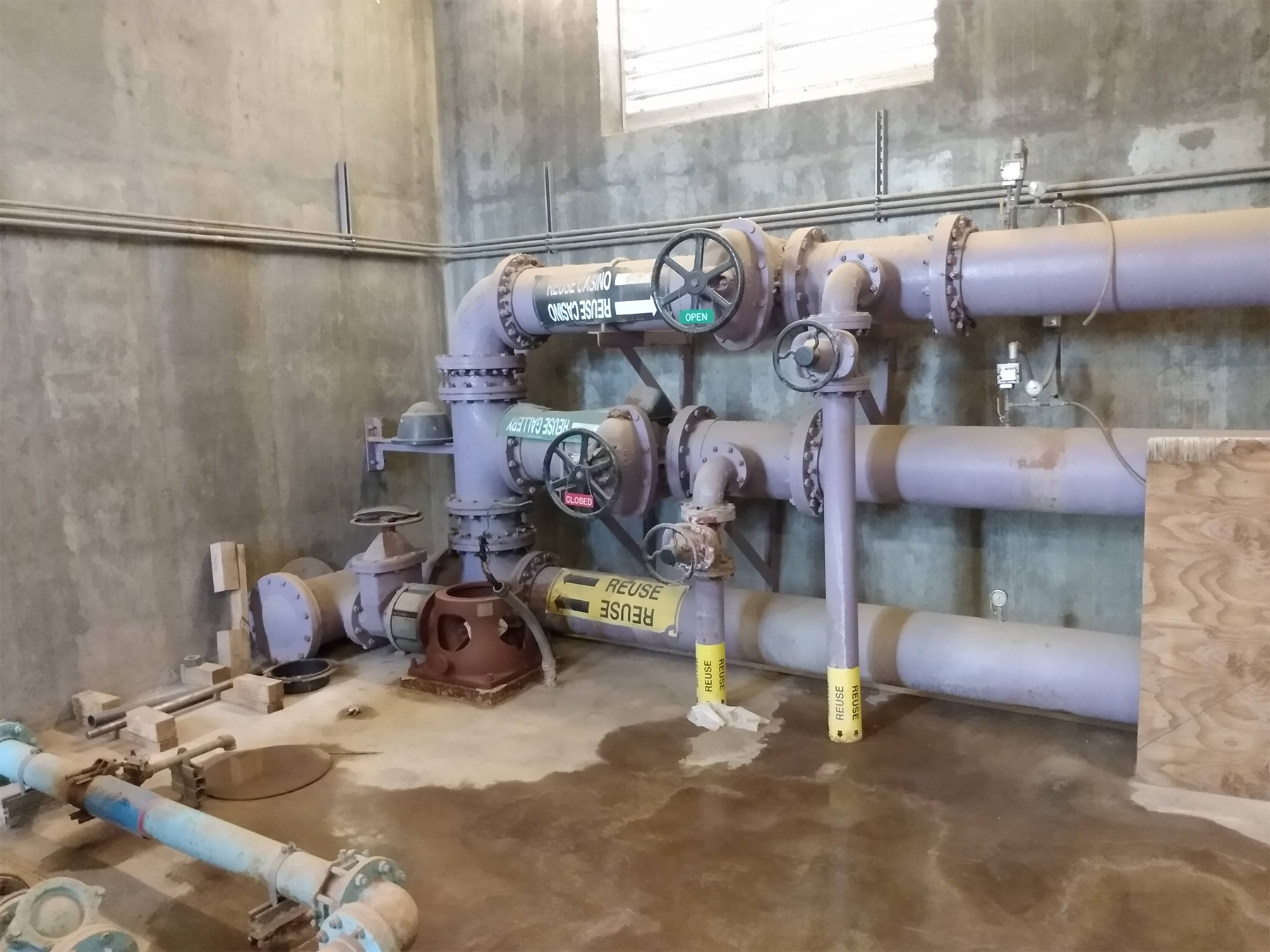The New Mexico Environment Department’s (NMED) Ground Water Quality Bureau (GWB) published its draft rule to regulate wastewater reuse from domestic, industrial and produced (oil & gas) sources on November 1, 2023. The proposed Supplemental Requirements for Water Reuse (20.6.8 NMAC) is open for public comment through December 1, 2023. These proposed regulations stem from New Mexico’s Produced Water Act that went into effect July 1, 2019 and were primarily developed to regulate the reuse of “fluid that is an incidental byproduct from drilling for or the production of oil and gas.” In addition to regulating produced wastewater reuse, it also establishes a regulatory framework for the reuse of wastewater from domestic sources including direct potable reuse.
 With the release of the Fifth National Climate Assessment, a congressionally mandated “report on climate change impacts, risks, and responses”, this type of rulemaking is timely for New Mexico. The report outlines the growing threat of severe climate events and risks throughout the country. For New Mexico and much of the southwest United States, this means an increase in annual temperature and less annual precipitation delivered over fewer and more severe weather events. The potential for more extreme drought and threats to snowpack in the Rocky Mountains, which is vital for recharging many of the aquifers that our communities rely on as their drinking water source, could lead to a future of water insecurity. With these changes in climate, new sources of drinking water will have to be found to supplement traditional sources. Domestic wastewater reuse has the potential to fill that gap.
With the release of the Fifth National Climate Assessment, a congressionally mandated “report on climate change impacts, risks, and responses”, this type of rulemaking is timely for New Mexico. The report outlines the growing threat of severe climate events and risks throughout the country. For New Mexico and much of the southwest United States, this means an increase in annual temperature and less annual precipitation delivered over fewer and more severe weather events. The potential for more extreme drought and threats to snowpack in the Rocky Mountains, which is vital for recharging many of the aquifers that our communities rely on as their drinking water source, could lead to a future of water insecurity. With these changes in climate, new sources of drinking water will have to be found to supplement traditional sources. Domestic wastewater reuse has the potential to fill that gap.
New Mexico’s proposed reuse rule defines many aspects of wastewater reuse. Here are some of the definitions that are specific to potable reuse:
Reuse: For purposes of this rule, means a treated wastewater originating from domestic, industrial, or produced water sources, that has undergone a level of treatment appropriate for a fit for purpose application such as agriculture, irrigation, potable water supplies, aquifer recharge, industrial processes, or environmental restoration; and conserves the state’s potable, surface, and ground water resources. Reuse water has a water quality, based on application, determined to be protective of the environment and human health. For purposes of this regulation, reuse is categorized by the source of the water (i.e., “domestic reuse” is wastewater originated from domestic sources following appropriate treatment may be used for various applications such as irrigation).
Domestic Wastewater: Untreated wastewater containing human excreta and water-carried waste from typical residential plumbing fixtures and activities, including but not limited to, wastes from toilets, sinks, bath fixtures, clothes or dishwashing machines and floor drains.
Reclaimed Wastewater: Domestic wastewater that has been treated to the specified levels for the defined applications and complies with other applicable local, state, or federal regulations.
Direct Potable: The application of reclaimed wastewater for drinking water purposes. Direct potable applications convey the reclaimed wastewater to a community drinking water systems without an intermediary buffer.
Environmental Buffer: Ground water, streams, lakes, or impoundments used for reuse water storage or conveyance purposes related to an indirect potable application.
Indirect Potable: The application of reclaimed wastewater for drinking water purposes with an intermediary environmental or constructed buffer.
Feasibility Study: A study conducted by a person to determine if a new or modified wastewater treatment technology will be technically, economically, or financially viable for use in an application. In addition to defining reuse, the proposed rule specifies that direct and indirect potable authorized applications under the proposed rule (NMAC 20.6.8.201) will include feasibility studies to determine the suitability of the treated water for reuse.
New Mexico isn’t the only state that is looking at regulating the reuse of domestic wastewater, including direct potable reuse. Arizona, California, Colorado, Florida, and Washington have all either already developed reuse rules or are currently in the rulemaking process. Regulations that protect both human health and the environment while guiding the development of reuse strategies and technologies are needed. Last year, EFCN published a blog post on potable reuse and how to tailor your messaging to help people overcome “the yuck factor”.
As more states move towards regulating wastewater reuse, and more communities look towards direct or indirect potable reuse to provide a sustainable and resilient drinking water source, funding for reuse infrastructure is already available from the following sources:
U.S. Environmental Protection Agency EPA
- Clean Water State Revolving Fund
- Drinking Water State Revolving Fund
- Water Infrastructure Finance and Innovation Act (WIFIA) Program
- Sewer Overflow and Stormwater Reuse Grants Program
- Clean Water Indian Set-Aside Program
U.S. Department of Agriculture (USDA)
- Water & Waste Disposal Loan & Grant Program
- Water & Waste Disposal Loan Guarantees
- Water & Waste Disposal Predevelopment Planning Grants
U.S. Department of Housing and Urban Development (HUD)
U.S. Department of the Interior (DOI)
Federal Emergency Management Agency (FEMA)
